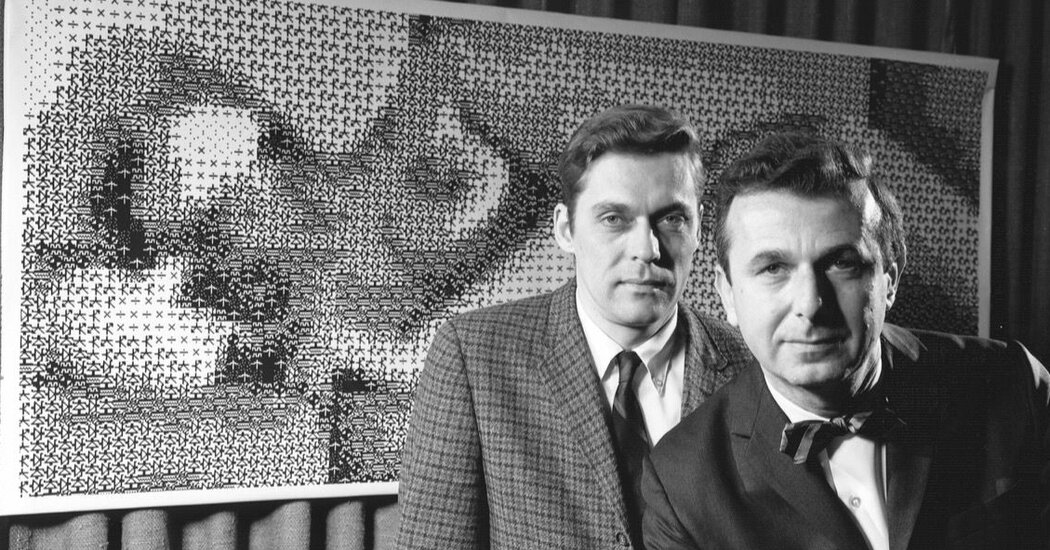dr. Knowlton stayed with Bell Labs until 1982, experimenting with everything from computer-generated music to technologies that enabled deaf people to read sign language over the telephone. He later joined Wang Laboratories, where he helped develop a personal computer in the late 1980s that would allow users to annotate documents using synchronized voice messages and digital pen strokes.
In 2008, after quitting technical research, he joined a magician and inventor named Mark Setteducati in creating a jigsaw puzzle called Ji Ga Zo, which can be arranged to resemble someone’s face. “He had a mathematical mind combined with a great sense of aesthetics,” Mr Setteducati said in a telephone interview.
In addition to his son Rick, Dr. Knowlton has two other sons, Kenneth and David, all from his first marriage, which ended in divorce; a brother, Fredrick Knowlton; and a sister, Marie Knowlton. Two daughters, Melinda and Suzanne Knowlton, also from his first marriage, and his second wife, Barbara Bean-Knowlton, have died.
At Bell Labs, Mr. Knowlton collaborated with several well-known artists, including experimental filmmaker Stan VanDerBeek, computer artist Lillian Schwartz and electronic music composer Laurie Spiegel. He saw himself as an engineer helping others create art, as dictated by Mr Rauschenberg’s EAT project.
But later in life, he began to create, display, and sell his own art, building traditional analog statues using dominoes, dice, shells, and other materials. He realized late that when engineers collaborate with artists, they become more than engineers.
“In the best cases, they become more complete people, in part by understanding that all behavior comes not from logic but, at the lowest level, from intrinsically indefensible emotions, values, and motivations,” he wrote in 2001. “Some eventually become artists .”

